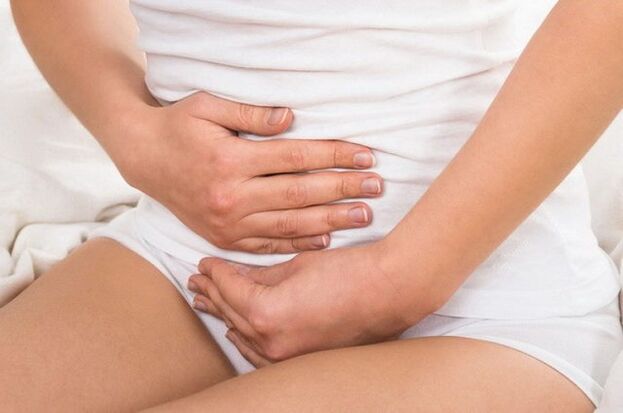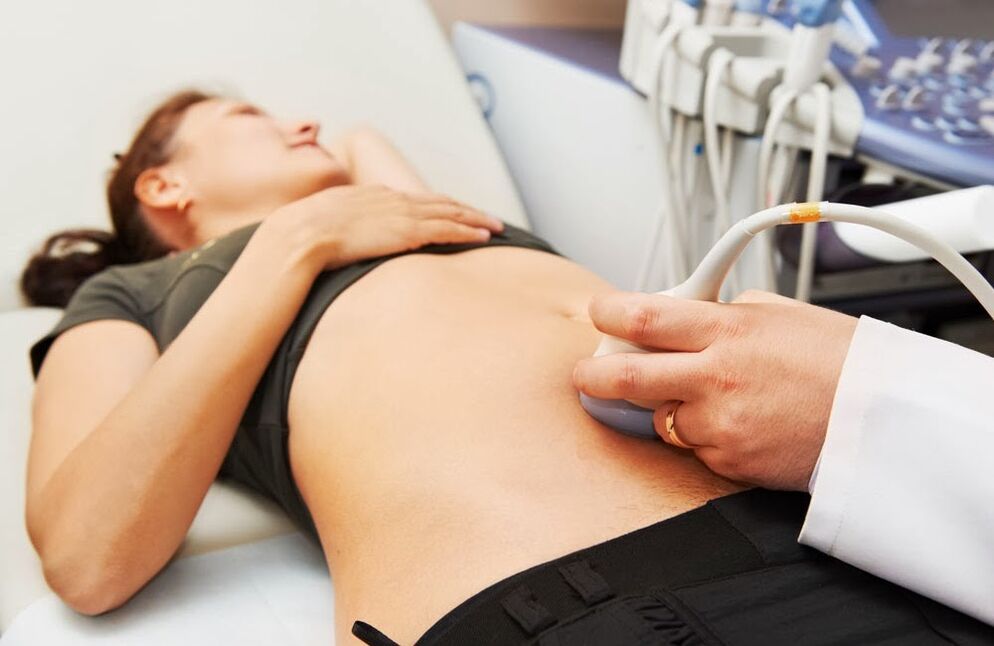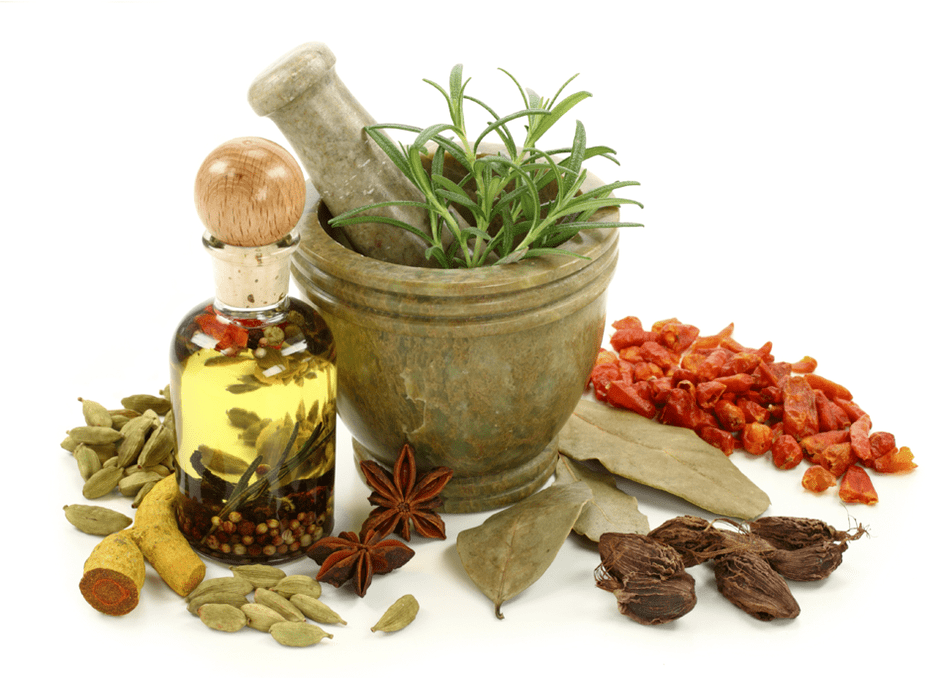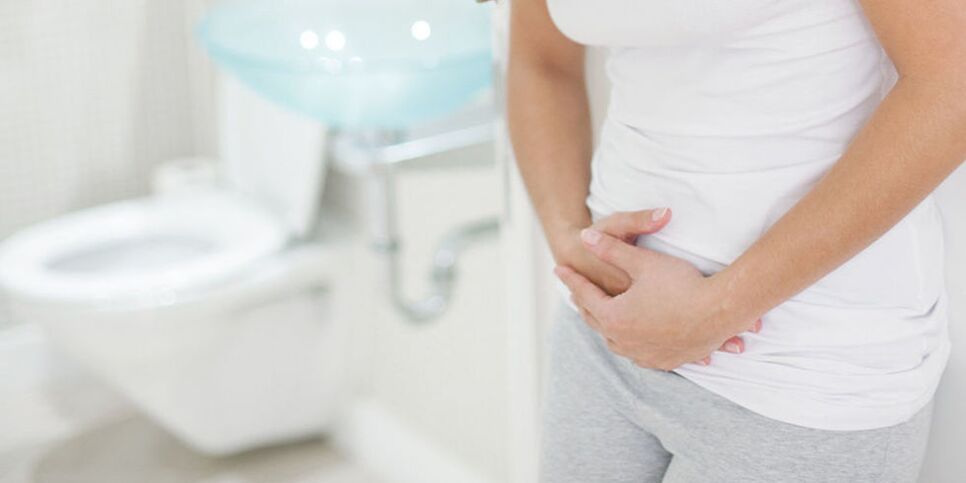Cystitis is called inflammation of the bladder. Most often, this problem comprehends women, since they are shorter and wider compared to men. This circumstance makes the penetration of infection here more simple and fast. In total, in different periods of life, cystitis is sick from 20 to 40 % of the women's composition of the planet.

The causes of cystitis
Cystitis is a disease inherent in all ages. The following reasons cause it mainly:
- hypothermia of the pelvic areas;
- injuries of the mucous membrane of the bladder;
- sedentary lifestyle;
- acute and fatty foods;
- the presence of chronic gynecological or sexually transmitted diseases;
- the presence of foci of infection in the body;
- unprotected sex;
- Lack of hygiene.
The main cause of this disease is hypothermia. The most dangerous freezing of the legs and pelvis. Therefore, you can not sit on cold surfaces, wear thin silk linen in the cold season, as well as too light shoes.
The risk factor is also a sedentary work that causes blood stagnation in the veins of the pelvic areas. You can not sit continuously in one place for, for example, 4-5 hours. If your duties require this, you need to try to get up more often and take 15-minute breaks.
A special category of causes capable of causing cystitis represent violations of hygiene rules. You run the risk of acquiring this disease if:
- Rarely change tampons or hygienic gaskets for menstruation;
- practice transitions from anal sexual intercourse to vaginal;
- often put on synthetic tight -fitting underwear;
- constantly use daily gaskets;
- After defecation, wipe in the direction of the anus forward;
- Do not observe the mode of urination.
It is necessary to release the bladder at least 5 times a day, otherwise the infection entering the bladder is facilitated due to stagnation or decomposition of urine.
Types of cystitis

Depending on the nature of the disease, cystitis is divided into acute and chronic. The acute form proceeds in the presence of pronounced symptoms and occurs after a provoking sudden factor.
Chronic cystitis is characterized by the lower severity of manifestations and is most often caused by other diseases.
Depending on the cause of the pathology, cystitis is divided into primary and secondary, as well as bacterial and non -bacterial.
The bacterial inflammation of this organ is caused by infections of various origin - streptococci, enterococci, gonococci, etc. At the same time, infection can be hematogenous, lymphogenous, descending or ascending.
Nebacterial cystitis develops with irritation of the walls with medicinal, chemical or other substances. Distinguish between thermal, toxic, radiation, allergic, alimentary cystitis.
If the primary disease is characterized by damage to the right of the bladder by any of these factors, then secondary cystitis develops as a result of other diseases of this or nearby organs. So, for example, it usually accompanies urolithiasis, prostate adenoma, urethra stricture, etc.
Symptoms of cystitis
The symptoms of this disease depend on its form. If in acute cases there is a bright clinical picture with strong reins with rapids up to several times per hour of urination, then during the chronic course during remission, signs may be absolutely absent.
The most characteristic symptoms of the acute form of the disease include:
- painful and frequent urination;
- cutting pains over the pubic in the area of the bladder;
- clouding of urine;
- In severe cases, an increase in temperature.
In some patients, there is also an admixture of blood in the urine, there is constantly a feeling of incomplete emptying of the bladder. In some patients, at the end of urination, they are so strong that they radiate to the rectum.
If such symptoms occur in a man, you should immediately contact a urologist, since male cystitis is almost always secondary. Their main cause is most often prostate diseases, urolithiasis, diabetes mellitus. Symptoms very similar to cystitis occurs with non -niccock urethritis.
Occasionally, the asymptomatic course of cystitis is possible. In such cases, the diagnosis is established by chance when performing urine analysis for another reason.
Diagnostics
In the presence of a typical clinical picture in favor of acute cystitis, a rapid improvement in the condition under the influence of antibacterial agents speaks. In addition, laboratory tests are taken into account, as well as ultrasound data.
After the disappearance of acute phenomena in order to clarify the diagnosis, cystoscopy is carried out, which is a study of the internal state of the bladder.
For women, a gynecological examination is very important, in which concomitant female diseases that contribute to the development of cystitis can be identified.

Thus, a complete examination in chronic cystitis consists of:
general urine analysis;
- bacteriological sowing of urine;
- urine analysis according to Nechiporenko;
- PCR diagnostics;
- cystoscopy;
- Ultrasound of the genitourinary organs;
- If necessary - biopsy.
Cystitis should not be confused with urethritis, which consists in inflammation of the urethra and manifests itself only by reins, burning and pain during urination. In many cases, these diseases accompany each other.
If the inflammatory process does not respond to treatment and the process acquires a protracted character, you should find out in detail the cause of this situation. In this case, to prescribe the correct treatment, it is necessary to differentiate cystitis with other diseases, for example, prostatitis, bladder cancer, tuberculosis.
When making a diagnosis, it should also be taken into account that cystitis is not characterized by an increase in temperature over 37. 5 degrees. If the patient has such a symptom, he needs a consultation of a urologist to exclude kidney disease.
Treatment of cystitis
To get rid of the outbreak or exacerbation of this extremely unpleasant disease, you need to follow the following recommendations:
- observe bed rest;
- take prescribed medications;
- Drink a lot of warm liquid;
- Follow diet.
In acute cystitis, antispasmodics, antibacterial drugs, herbs with diuretic effects are prescribed. With pronounced pain, drugs that relieve spasm of the muscles of the bladder - Noshpu, drotaverin, papaverine are recommended. They can be used both in the form of tablets and in the form of candles. Helps to eliminate the crib, laid on the lower abdomen.
Casted herbs are widely used for cystitis, lingonberry leaf, kidney tea. Cranberry, lingonberry and blueberry fruit drinks are very useful in such a situation. There are ready -made phytopreparations for such cases. The use of finished drugs gives a more expected effect in the treatment of cystitis. But the use of ready -made pharmacological agents does not cancel the intake of abundant warm drink.
Warm baths with herbs or washing the external genitalia with warm water with soda solution will help to alleviate the condition after painful urination.
Diet in acute cystitis should exclude marinades, spices, salting. Dairy products, fruits, especially watermelon will be useful.
In the chronic course of the disease, procedures are prescribed aimed at restoring the outflow of urine. These include, for example, the treatment of prostate adenoma, the elimination of narrowing of the urethra. Mandatory detection and elimination of foci of infection in the body is carried out. In chronic forms of cystitis, antibacterial treatment is carried out only after appropriate laboratory tests - sowing urine, identifying the pathogen and its sensitivity to antibiotics.
Treatment with folk methods

The people have many means that have a positive effect in diseases of the urinary sphere, including cystitis. The most effective of them can be called the following:
- Boil 3 liters of milk. Separate a large mug and pour into a basin. The patient must put his legs in him and wrap himself with a blanket to the waist. When the milk in the pelvis begins to cool, you need to add another mug there. So continue until all the milk is spilled. When repeating the procedure, the same milk can be boiled again. Repeat to improve the condition.
- Take 2 halves of red brick and heat on the fire. Put them in an empty metal bucket, the edges of which are wrapped with fabric. The patient sits on a bucket and wraps the lower body in a plaid or blanket. Sitting in this position while heat comes from brick. After the end of the procedure, go to bed. Repeat it several times.
Not all patients are allowed thermal procedures in the pelvis. For example, they are contraindicated in women with fibroids or fibromioma. In such cases, the use of diuretic herbs, which must be performed for 1. 5-2 months. With phytotherapy to avoid relapses, it is important to conduct repeated courses. So, after an acute outbreak of the disease, you need to repeat the treatment after 2-3 months, and in the treatment of chronic forms-after 3-5 months.
A good effect with cystitis has such a herbal collection: in equal proportions, grass of parsley, thyme, St. John's wort, dill and knorbus mixes in equal proportions. 1 teaspoon of the mixture is poured with 1 cup boiling water and insisted. You need to drink this infusion half a glass three times a day for 20 days. 3 such courses should be held with a 10-day break between them. Relief occurs already during the first course, and the full cycle helps to get rid of old cystitis.
A rapid improvement in the condition can be obtained if a handful of dry flowers of a cornflow is brewed with 300 g of boiling water and insist for 30 minutes. Half of the portion is drunk in small sips in the evening, the second half in the morning.
The acute manifestations of cystitis are quickly passed if you eat 0. 5-1 l of lingonberries in one dose. But this does not mean that further treatment should be completely stopped on this.
The effect of folk methods will be more stable if they are used in combination with diet and drug treatment.
Possible complications
With proper therapy, the symptoms disappear in 5-10 days. But often, after home or hastily performed treatment, the signs of the disease disappear only for a while. The true cause of the disease remains in the body and makes itself felt immediately with the slightest hypothermia. In this case, they say that cystitis has turned into a chronic form.
The chronic type of disease is especially dangerous for girls, since it can lead to scarring of the back wall of the urethra and reducing it in volume. At the same time, a vicious circle occurs, which consists of constantly feeding each other's foci of infection.
In addition, if cystitis is not enough, an infection from the bladder can penetrate the kidneys, as a result of which a more serious disease develops - pyelonephritis. At the same time, pain in the lumbar region, fever, and swelling are added to frequent urination.
A serious complication of the disease that occurs in the absence of proper treatment is the development of interstitial cystitis. In this case, the infection penetrates not only the mucous, but also the submucosal layer, as well as the muscle wall of the organ. Its fabrics are scarred and deformed, which entails wrinkling the bladder and loss of its volume. The only way to save the patient is the operation to complete the organ with the plastic of the new, consisting of tissues of the large intestine.
Cystitis during pregnancy
This disease, which already torments mainly women, often occurs during pregnancy. Every tenth woman learns about the existence of this disease precisely in the difficult period of bearing a child.

Its occurrence in the early stages is explained by changes in the hormonal background, as well as the phenomenon of the immunosuppression of the pregnant woman, i. e. , inhibition of immunity. It is the weakened immunity that allows microorganisms to breed freely and cause inflammation of the mucous membrane of the bladder. Therefore, the slightest hypothermia, violation of hygiene rules, and even a sharp climate change can cause an acute cystitis in all its glory in her expectant mother.
The occurrence of this disease is also facilitated by the constantly growing uterus, which squeezes the bladder and leads to a violation of the outflow of urine, which causes the active propagation of pathogenic microbes.
The difficulty of treating cystitis during pregnancy is that the medications taken can negatively affect the body of the unborn child. But, at the same time, treatment should be carried out immediately, since the infection can spread to the kidneys. Therefore, you need to take such drugs that will act specifically in the bladder.
Cystitis prevention
For the prevention of the disease, it is enough to follow some simple recommendations:
- Observe intimate hygiene;
- Avoid hypothermia;
- Do not sit on cold surfaces;
- Do not eat spicy and salty foods;
- Timely cure sex infections;
- Refuse underwear from synthetic materials.
With a sitting lifestyle every 20-30 minutes, you should get up and knead and, of course, you should not be lazy to empty the bladder in time.
A good prevention of cystitis is the daily drinking of a glass of cranberry juice or taking cranberries in any other form. This natural remedy has a diuretic and disinfectant property and, as it were, interferes with sticking infection to the walls of the bladder.



























